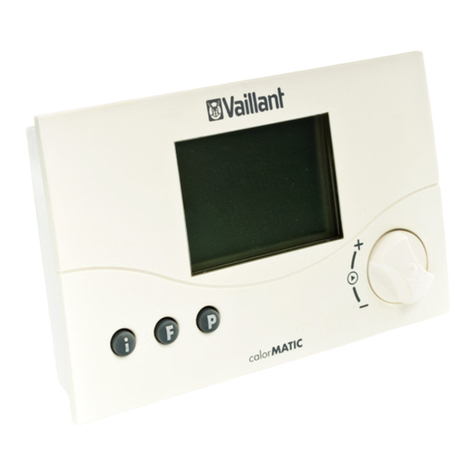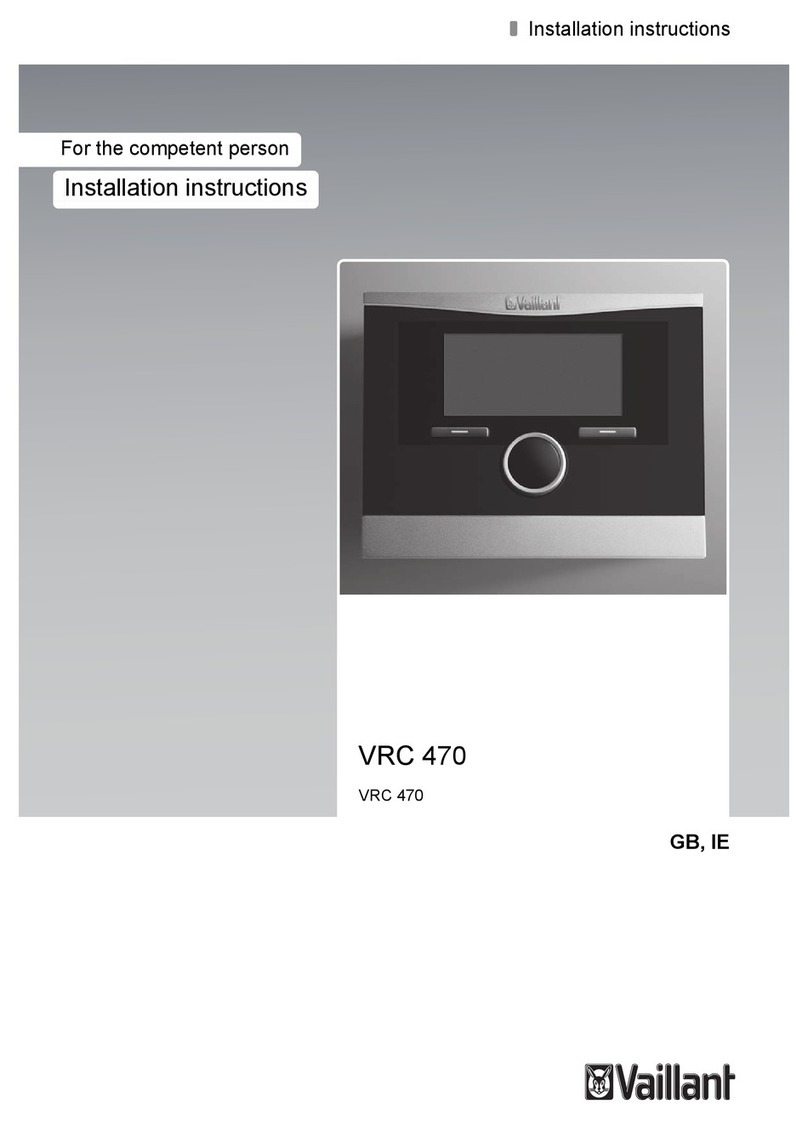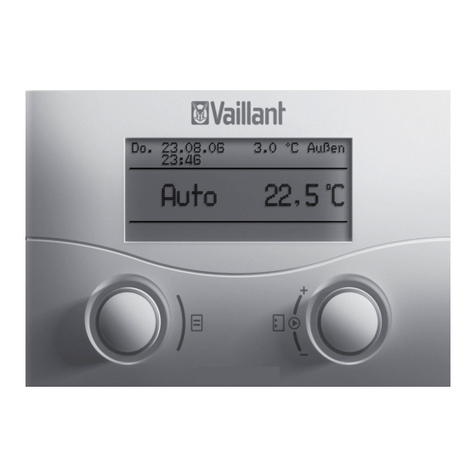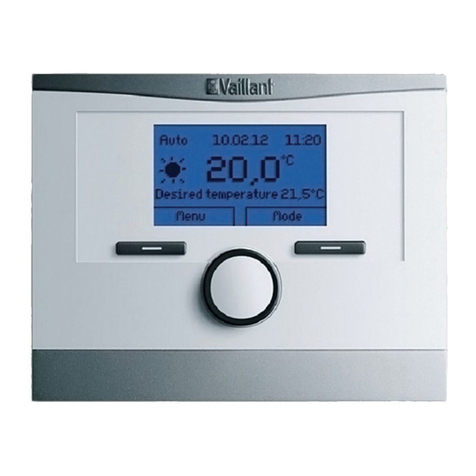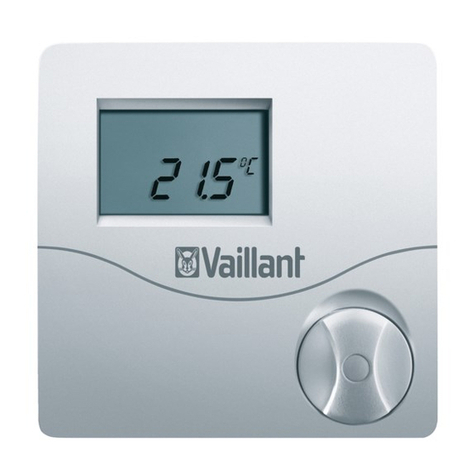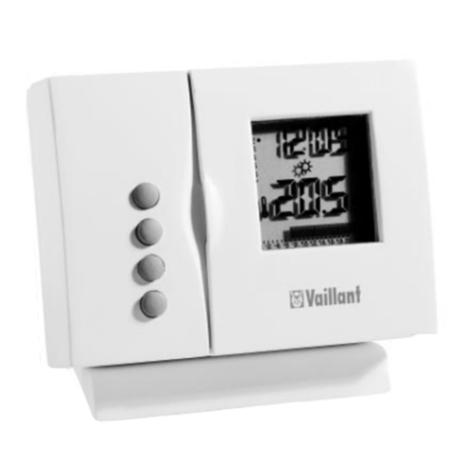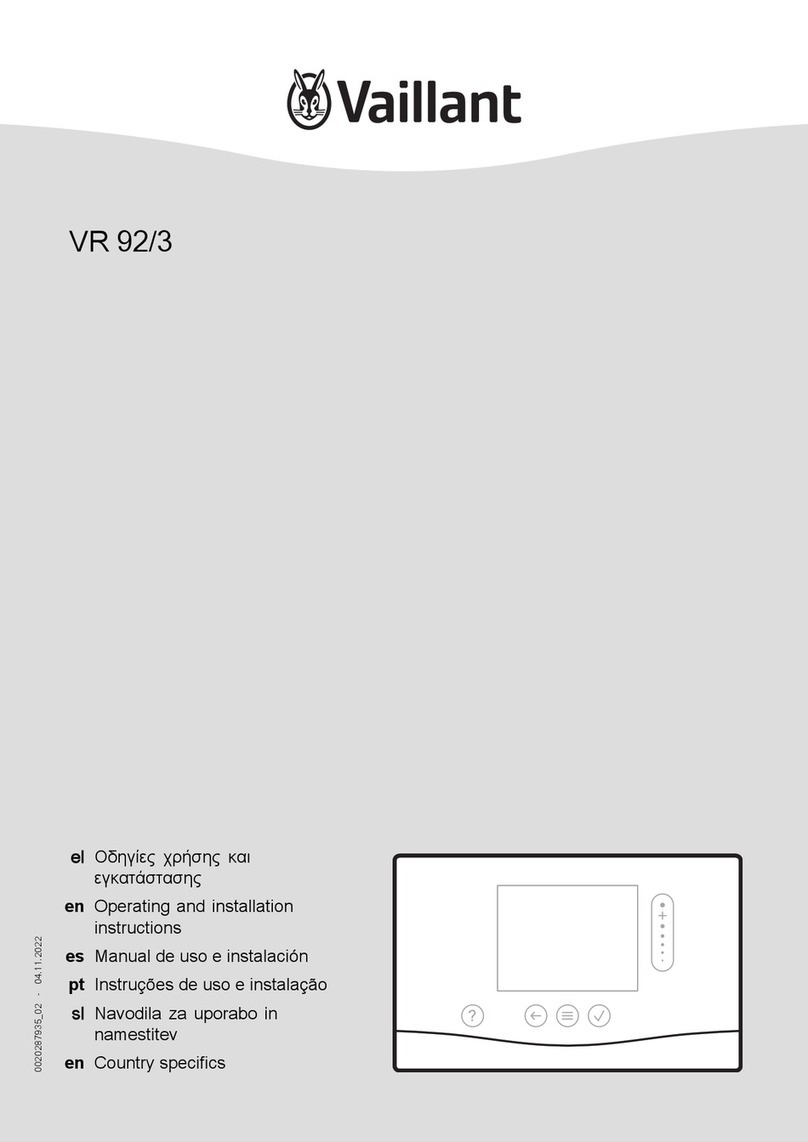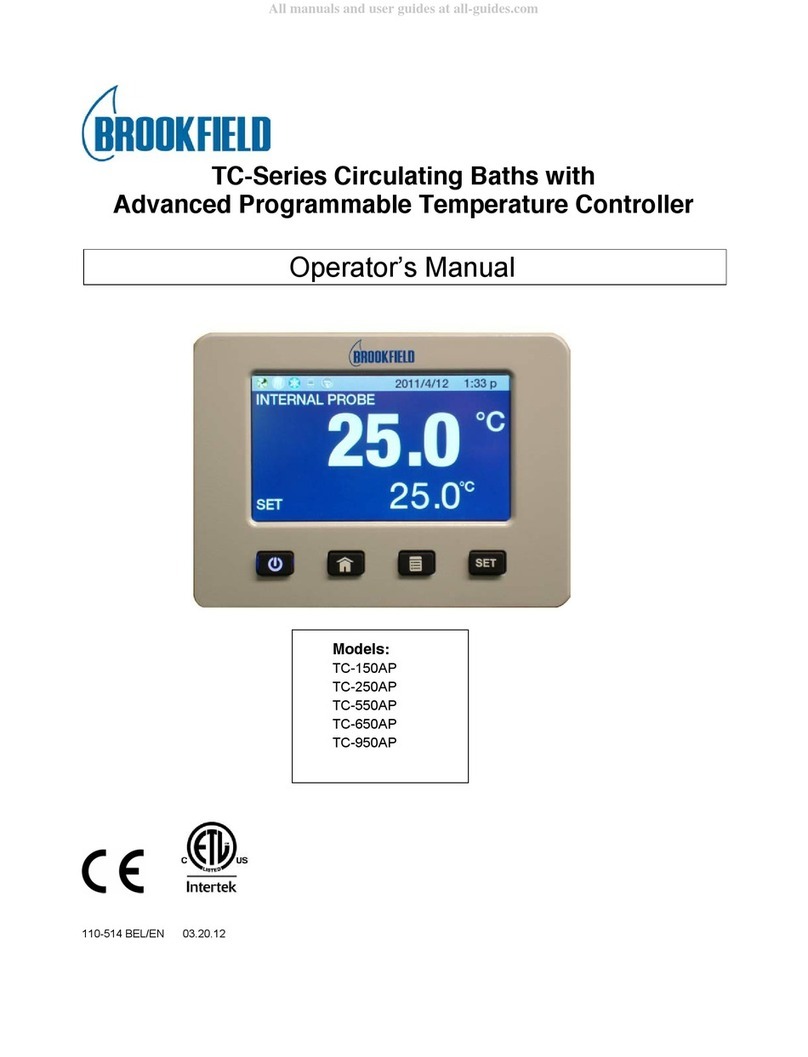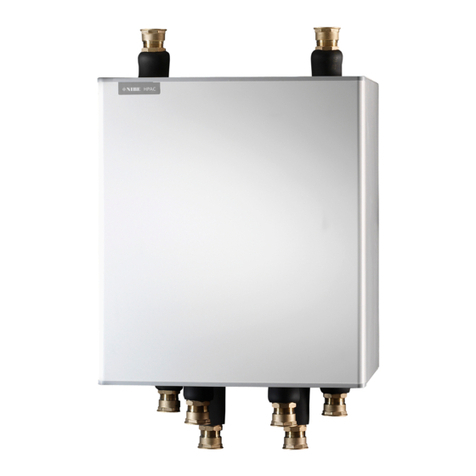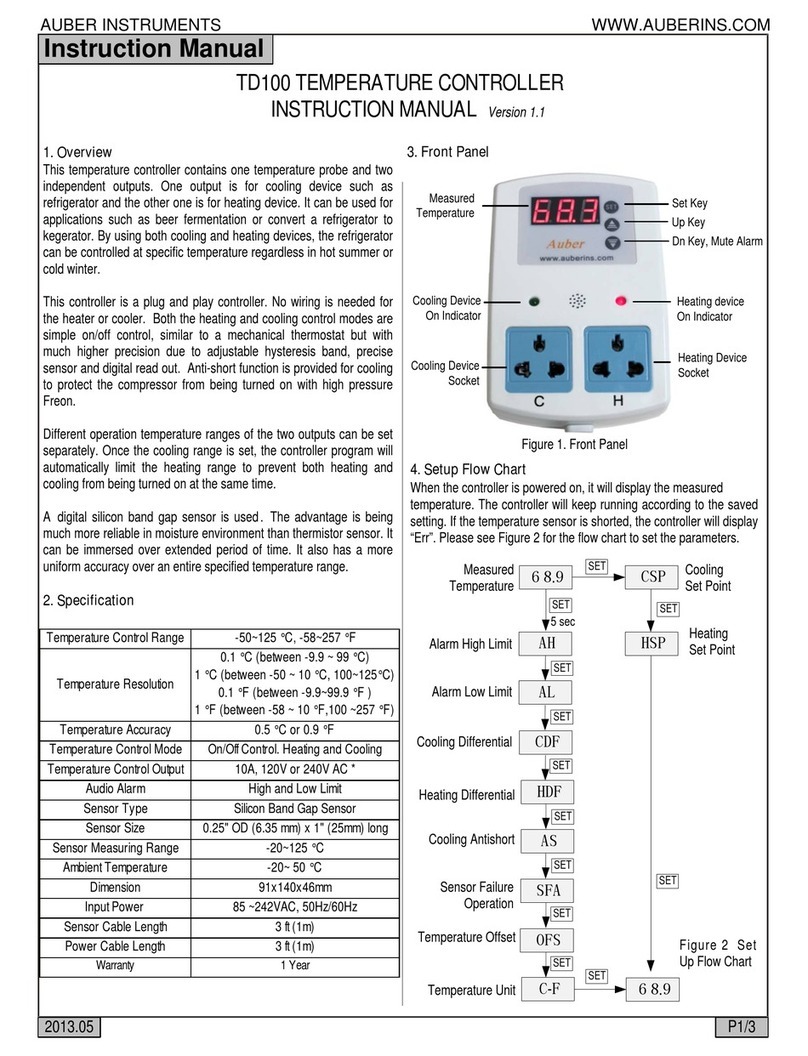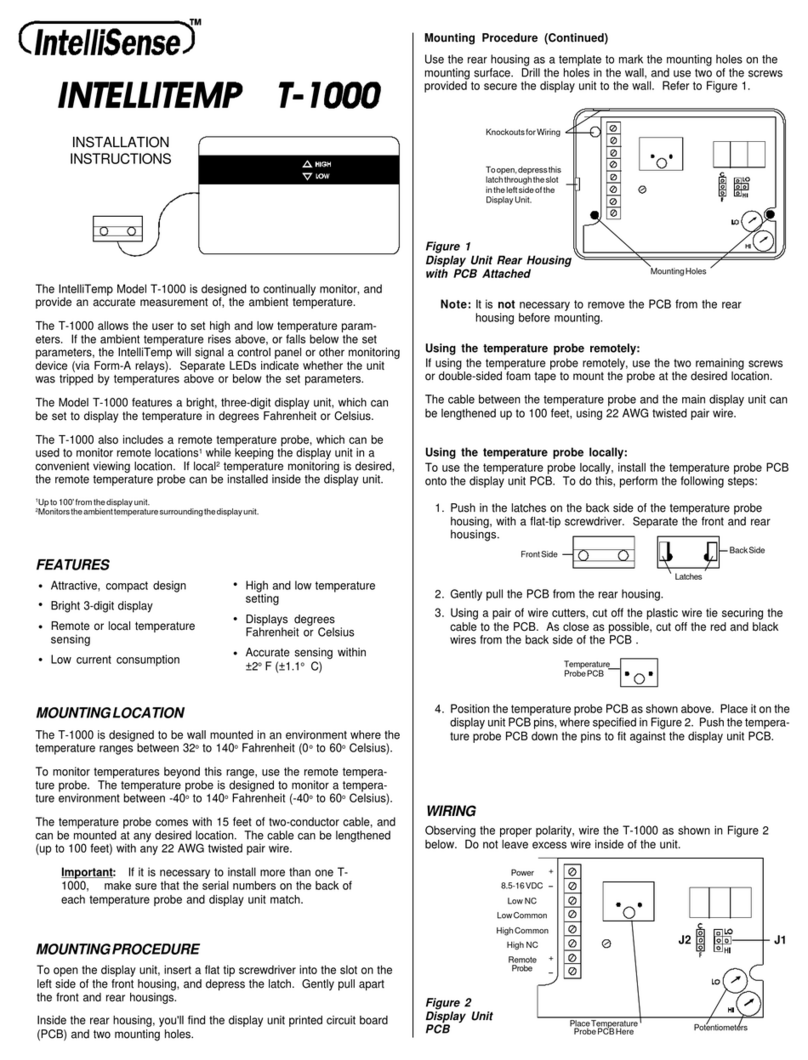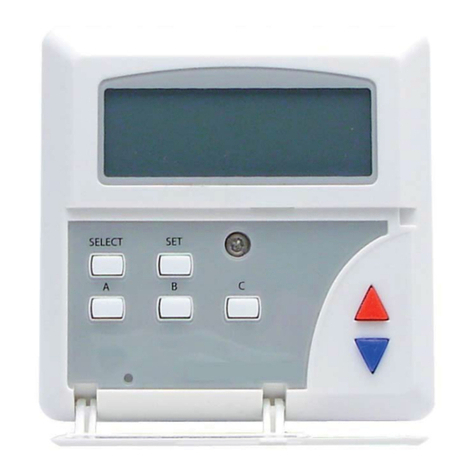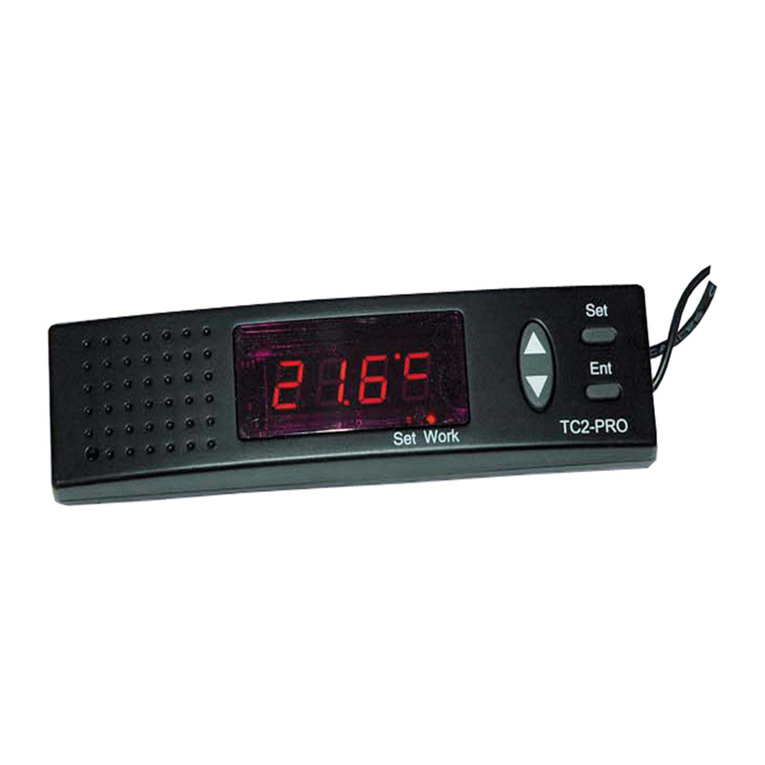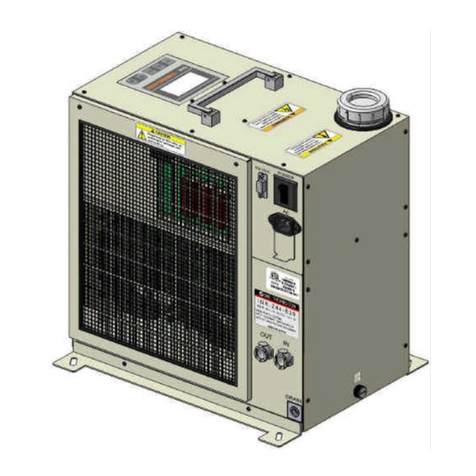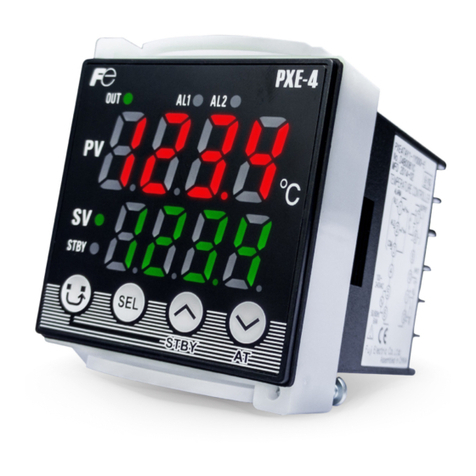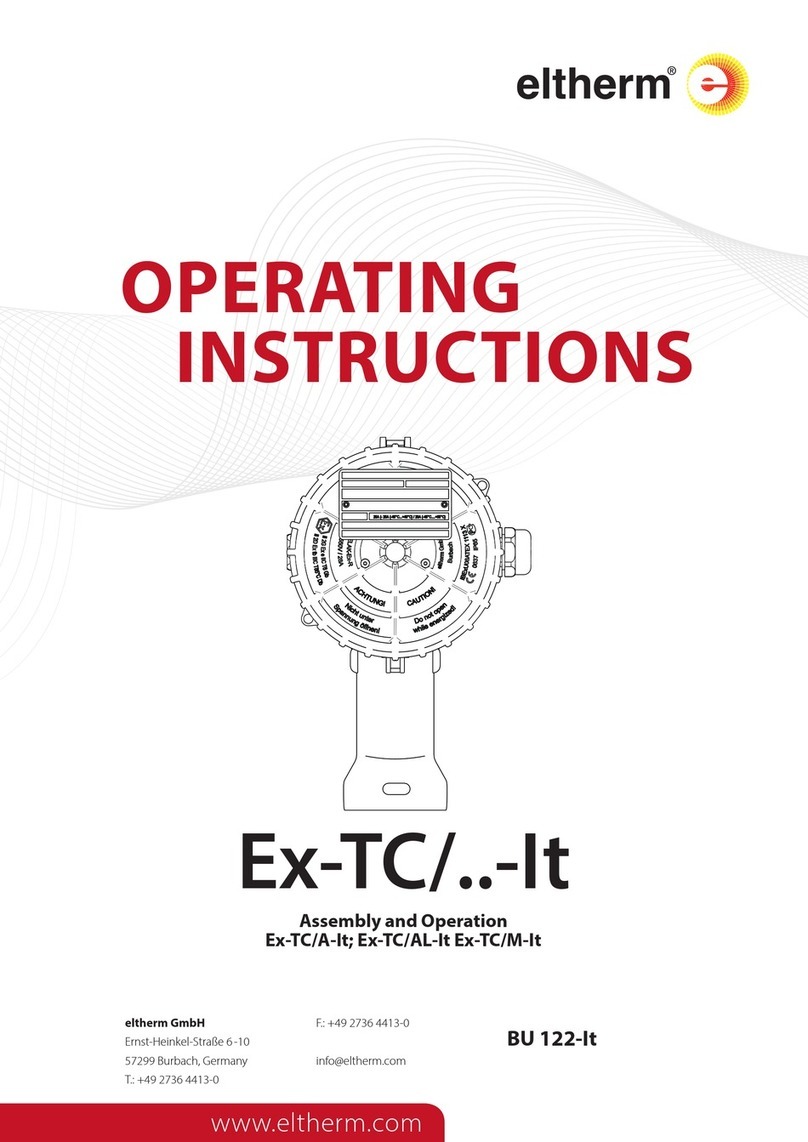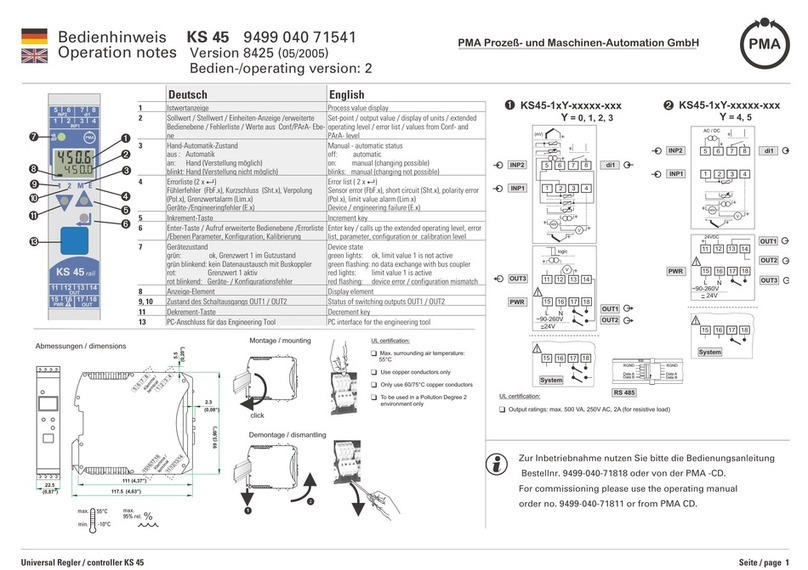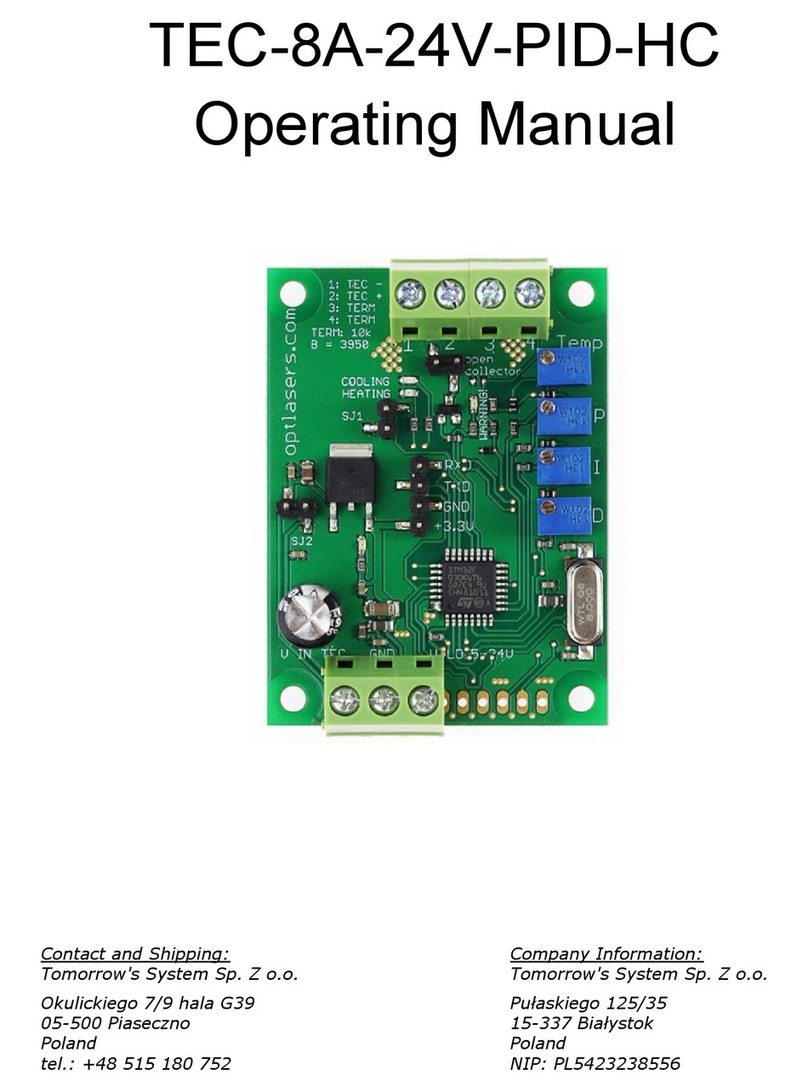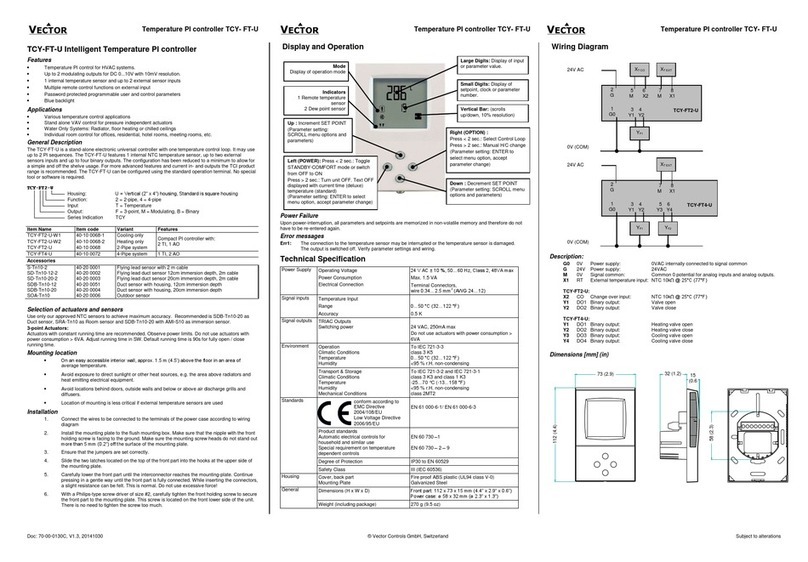
Table of contents
2Installation instructions VRC 470 0020116690_00
Table of contents
1 Notes on the installation instructions..............4
1.1 Observing other applicable documents ................4
1.2 Document storage ......................................................4
1.3 Symbols used...............................................................4
1.4 Applicability of the instructions..............................4
1.5 Glossary.........................................................................4
2 Safety............................................................................5
2.1 Safety and warning information .............................5
2.1.1 Classification of warnings.........................................5
2.1.2 Structure of warnings................................................5
2.2 Intended use ................................................................5
2.3 Basic safety instructions...........................................5
2.4 Requirements for cables...........................................6
2.5 Directives, laws and standards................................6
3 System description ..................................................7
3.1 System design.............................................................. 7
3.2 Operation...................................................................... 7
3.3 Unit design ...................................................................8
3.4 Identification plate .....................................................8
3.5 Accessories...................................................................8
4 Installation................................................................ 10
4.1 Check the scope of delivery................................... 10
4.2 Requirements for the installation site of
the unit........................................................................ 10
4.2.1 Controller.................................................................... 10
4.2.2 External sensor ......................................................... 10
4.3 Installing the controller in the boiler................... 10
4.4 Mounting the controller in the living room..........11
4.4.1 Removing the controller from the wall
mounting base.............................................................11
4.4.2 Secure the wall mounting base to the wall ..........11
4.5 Installing the external sensor .................................12
5 Electrical installation.............................................14
5.1 Connecting external sensor VRC 693...................14
5.2 Connecting external sensor VRC 9535................14
5.3 Connecting the controller installed in the
living room...................................................................15
6 Start-up.......................................................................16
6.1 Overview of Installation assistant
set-up options.............................................................16
6.2 Making settings for the operator...........................17
6.3 Setting other parameters of the heating
system ..........................................................................17
7 Operation ....................................................................18
7.1 Menu structure overview.........................................19
7.2 Installer level overview.............................................21
8 Functional description...........................................28
8.1 Service information..................................................28
8.1.1 Entering contact details..........................................28
8.1.2 Entering the service date .......................................28
8.2 System configuration: System...............................28
8.2.1 Reading the system status .....................................28
8.2.2 Reading the water pressure of the heating
system .........................................................................28
8.2.3 Reading the hot water production status...........28
8.2.4 Reading the collector temperature......................28
8.2.5 Setting the frost protection delay........................29
8.2.6 Setting the pump blocking time ...........................29
8.2.7 Setting the maximum pre-heating time..............29
8.2.8 Setting the maximum pre-switch-off time..........29
8.2.9 Setting the temperature threshold for
constant heating.......................................................29
8.2.10 Setting the raising temperature........................... 30
8.2.11 Reading the software version............................... 30
8.2.12 Configuring the heating circuit ............................ 30
8.3 System configuration: Heat generator:.............. 30
8.3.1 Reading the status of the heat generator......... 30
8.3.2 Reading the value of temperature sensor VF1. 30
8.3.3 Activating the low loss header ............................ 30
8.4 System configuration: HEATING 1 and, if
relevant, HEATING 2................................................ 30
8.4.1 Activating heating circuits ................................... 30
8.4.2 Reading the end of the current time period..... 30
8.4.3 Setting the room temperature ...............................31
8.4.4 Reading the current room temperature...............31
8.4.5 Setting the set-back temperature
(set-back temp.)..........................................................31
8.4.6 Reading the target flow temperature...................31
8.4.7 Reading the current flow temperature.................31
8.4.8 Reading the status of the heating circuit
pump.............................................................................31
8.4.9 Reading the status of the heating circuit
mixer.............................................................................31
8.4.10 Activating room temperature control .................31
8.4.11 Activating automatic summer time
recognition ..................................................................31
8.4.12 Setting the heating curve.......................................32
8.4.13 Setting the minimum flow temperature for
heating circuits..........................................................32
8.4.14 Setting the maximum flow temperature for
mixing circuit .............................................................32
8.4.15 Reading the status of special operating
modes ..........................................................................32
8.4.16 Specifying control modes outside time
periods.........................................................................32
8.5 System configuration: Domestic hot water........33
8.5.1 Setting the target temperature for domestic
hot water (desired hot water temperature) .......33
8.5.2 Reading the current temperature of the
domestic hot water cylinder ..................................33
8.5.3 Reading the status of the cylinder
charge pump..............................................................33
8.5.4 Reading the status of the circulation pump ......33
8.5.5 Defining the day for executing the anti-
Legionella function...................................................33
